+1 (314) 370-6046 or
Contact Us - Argentina
- Australia
- Austria
- Bahrain
- Belgium
- Brazil
- Bulgaria
- Cameroon
- Canada
- Chile
- China
- Colombia
- Croatia
- Cyprus
- Czech Republic
- Denmark
- Ecuador
- Egypt
- Estonia
- Finland
- France
- Germany
- Greece
- Hong Kong
- Hungary
- Iceland
- India
- Indonesia
- Iran
- Ireland
- Israel
- Italy
- Japan
- Kazakhstan
- Kuwait
- Latvia
- Lithuania
- Luxembourg
- Macedonia
- Malaysia
- Malta
- Mexico
- Monaco
- Morocco
- Netherlands
- New Zealand
- Nigeria
- Norway
- Peru
- Philippines
- Poland
- Portugal
- Qatar
- Romania
- Russia
- Saudi Arabia
- Serbia
- Singapore
- Slovakia
- Slovenia
- South Africa
- South Korea
- Spain
- Sri Lanka
- Sweden
- Switzerland
- Taiwan
- Thailand
- Turkey
- Ukraine
- UAE
- United Kingdom
- United States
- Venezuela
- Vietnam


![Flow Cytometry - Anti-CD4 Antibody [GK1.5] - BSA and Azide free (A86703) - Antibodies.com](https://cdn.antibodies.com/image/catalog/86/A86704_824.jpg?profile=product_search)
![Immunohistochemistry - Anti-TNF alpha Antibody [P/T2] (A251072) - Antibodies.com](https://cdn.antibodies.com/image/catalog/251/A251072_1.jpg?profile=product_search)
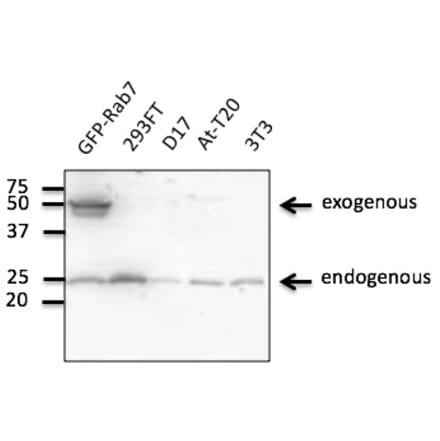
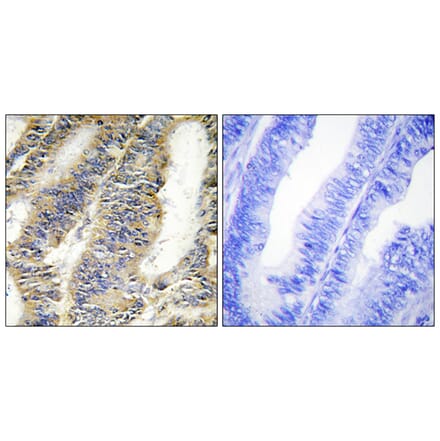
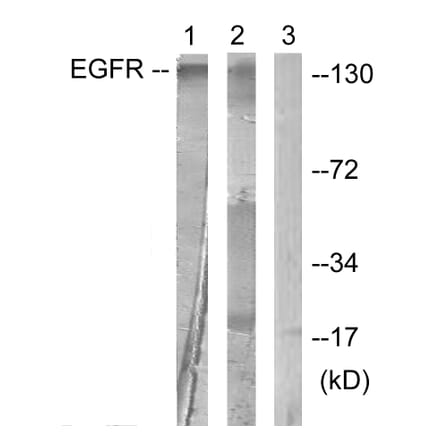
![Immunohistochemistry - Anti-TNF alpha Antibody [SPM543] (A251071) - Antibodies.com](https://cdn.antibodies.com/image/catalog/251/A251071_1.jpg?profile=product_search)
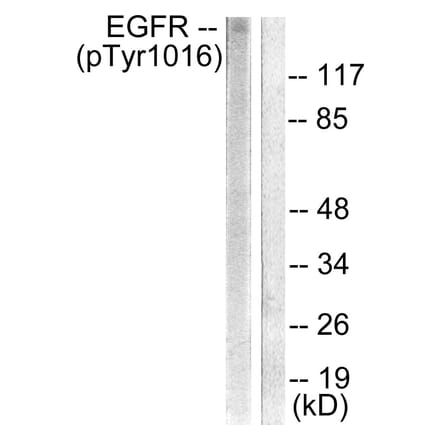
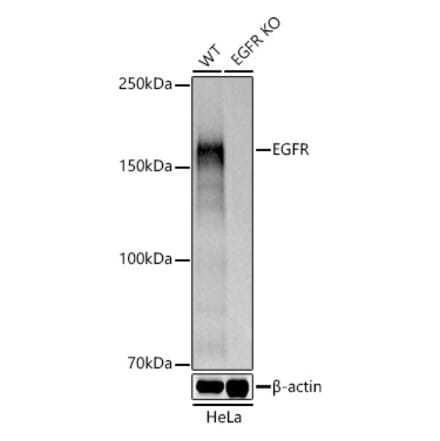

![Immunohistochemistry - Anti-TNF alpha Antibody [4C6-H8] (A251070) - Antibodies.com](https://cdn.antibodies.com/image/catalog/251/A251070_1.jpg?profile=product_search)
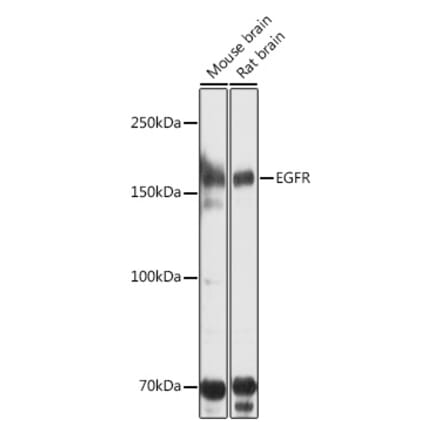
![Immunohistochemistry - Anti-TNF alpha Antibody [P/T2] - BSA and Azide free (A254349) - Antibodies.com](https://cdn.antibodies.com/image/catalog/254/A254349_1.jpg?profile=product_search)
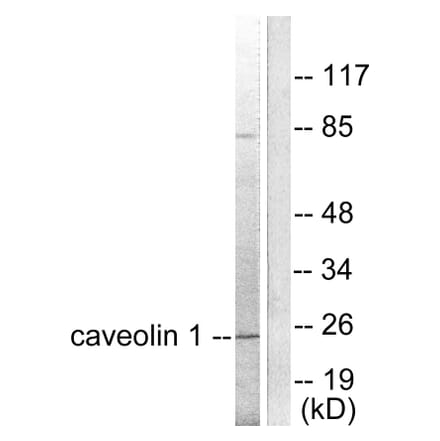
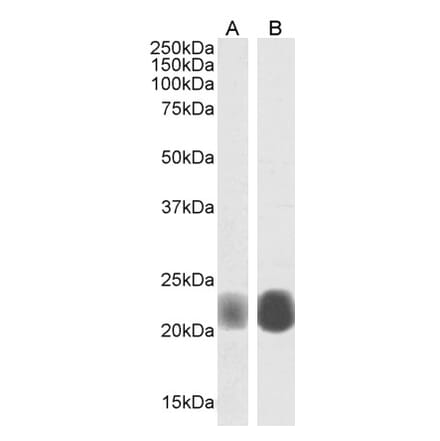
![Immunohistochemistry - Anti-TNF alpha Antibody [TNFA/1172] (A251069) - Antibodies.com](https://cdn.antibodies.com/image/catalog/251/A251069_1.jpg?profile=product_search)
![Immunohistochemistry - Anti-TNF alpha Antibody [4C6-H8] - BSA and Azide free (A254347) - Antibodies.com](https://cdn.antibodies.com/image/catalog/254/A254347_1.jpg?profile=product_search)
![Immunohistochemistry - Anti-TNF alpha Antibody [TNF706] (A251073) - Antibodies.com](https://cdn.antibodies.com/image/catalog/251/A251073_1.jpg?profile=product_search)
![Immunohistochemistry - Anti-TNF alpha Antibody [SPM543] - BSA and Azide free (A254348) - Antibodies.com](https://cdn.antibodies.com/image/catalog/254/A254348_1.jpg?profile=product_search)
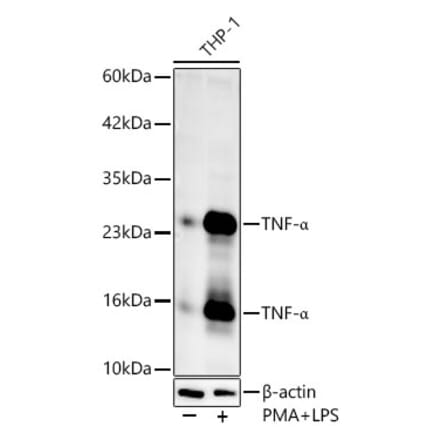
![Immunohistochemistry - Anti-TNF alpha Antibody [TNF706] - BSA and Azide free (A254350) - Antibodies.com](https://cdn.antibodies.com/image/catalog/254/A254350_1.jpg?profile=product_search)
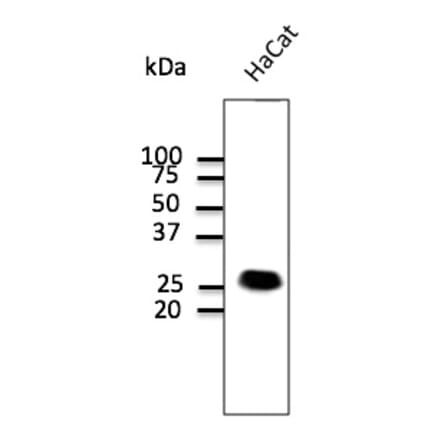
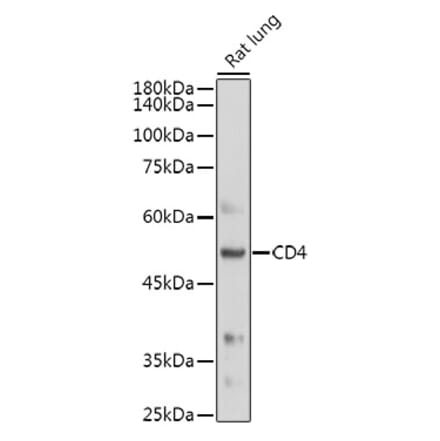
![Immunohistochemistry - Anti-TNF alpha Antibody [TNFA/1172] - BSA and Azide free (A254346) - Antibodies.com](https://cdn.antibodies.com/image/catalog/254/A254346_1.jpg?profile=product_search)
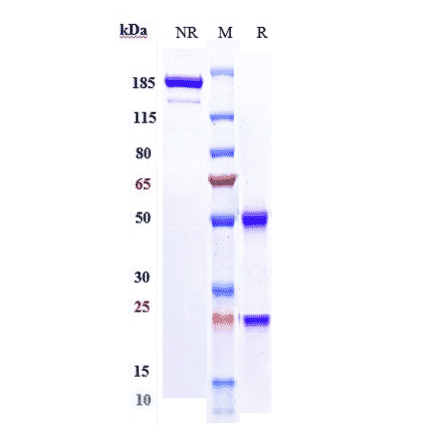

![Immunohistochemistry - Anti-TNF alpha Antibody [TNF706 + P/T2] - BSA and Azide free (A254350) - Antibodies.com](https://cdn.antibodies.com/image/catalog/254/A254351_1.jpg?profile=product_search)

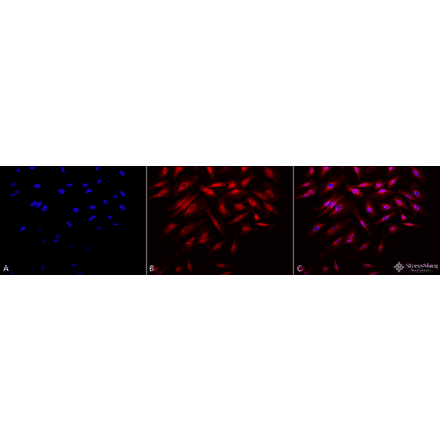
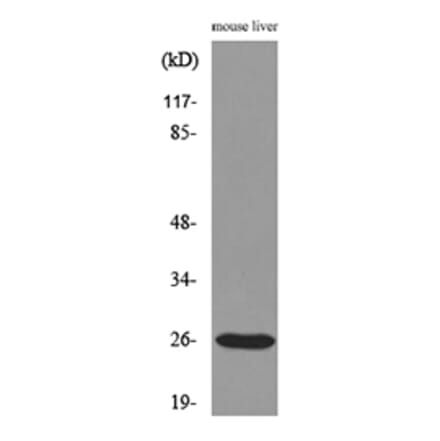
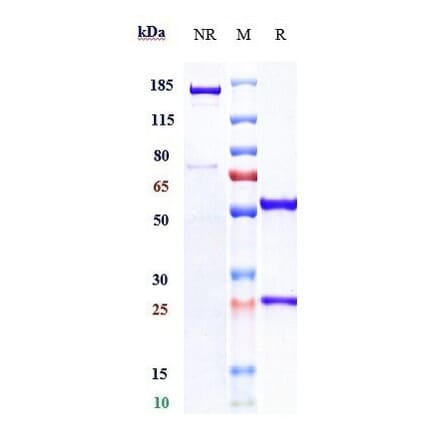
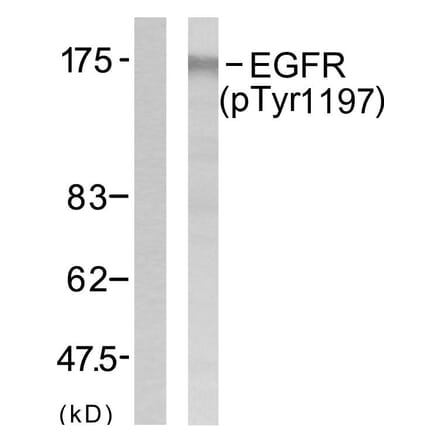
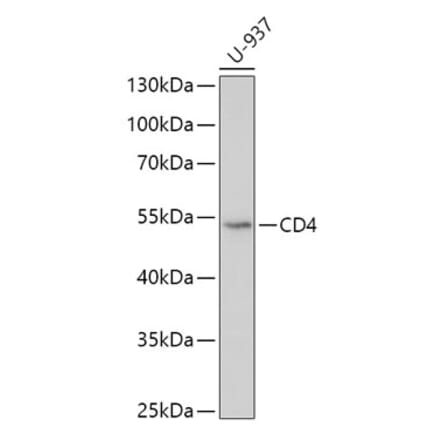
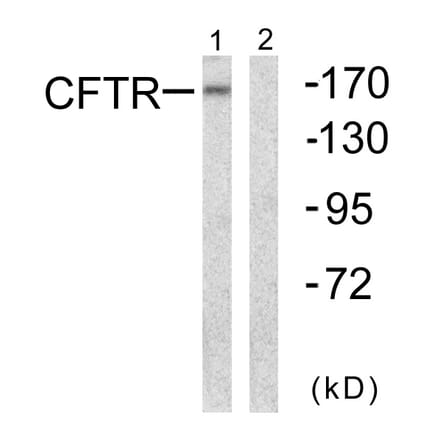
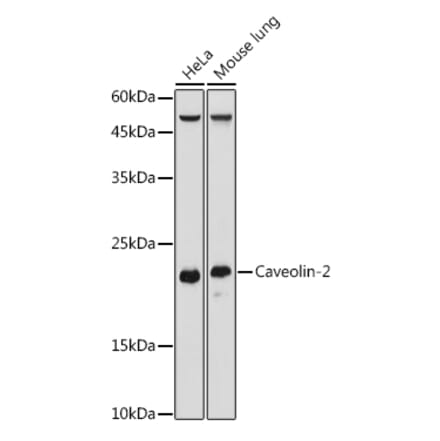
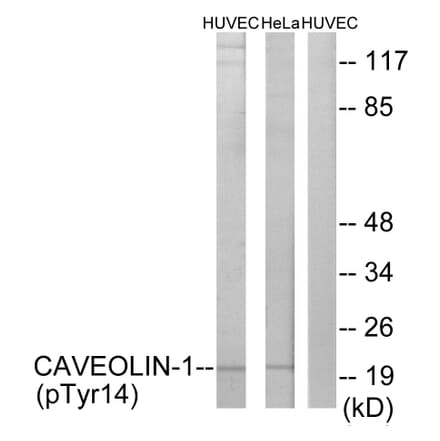
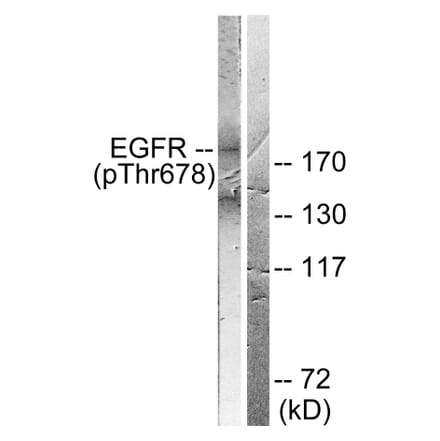
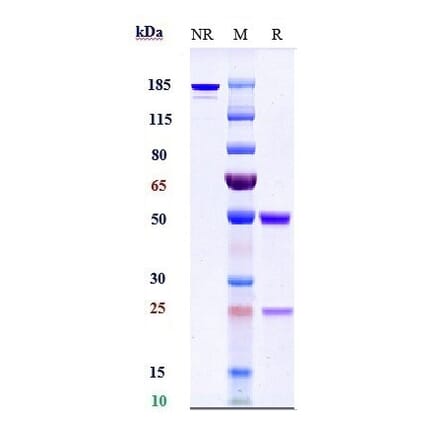
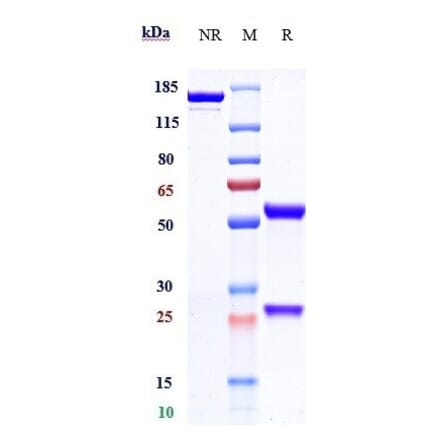
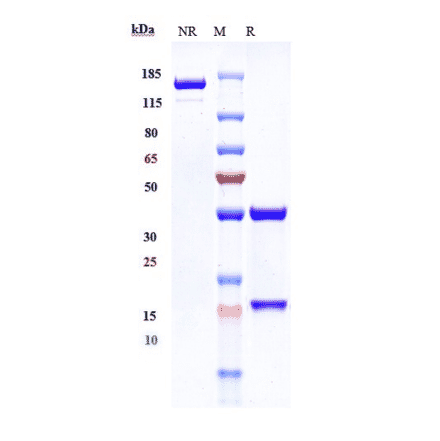
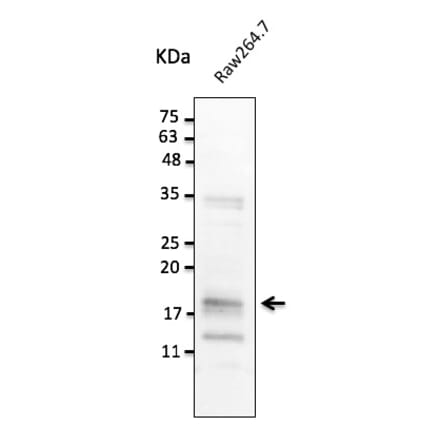

![Immunohistochemistry - Anti-EGFR Antibody [GFR/2341] (A248393) - Antibodies.com](https://cdn.antibodies.com/image/catalog/248/A248393_1.jpg?profile=product_search)
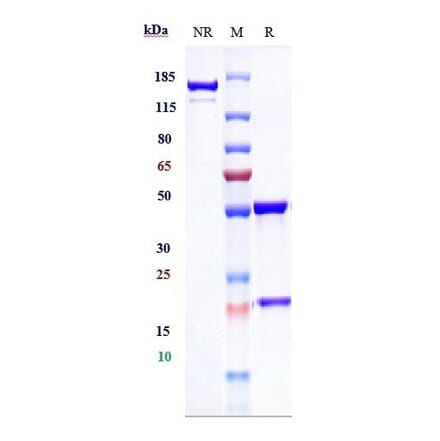
![SDS-PAGE - Anti-EGFR Antibody [Research Grade Biosimilar] - Low endotoxin, Azide free (A324006) - Antibodies.com](https://cdn.antibodies.com/image/catalog/324/A324006_1.jpg?profile=product_search)
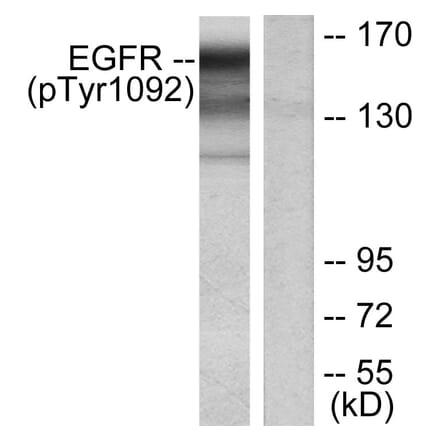
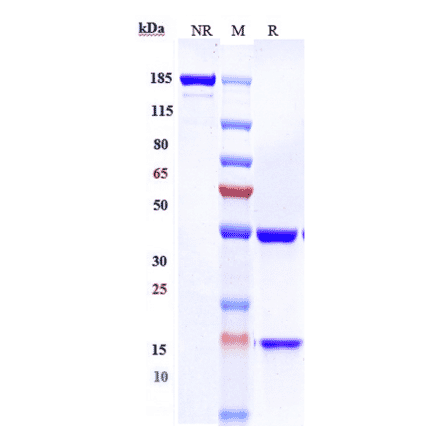
![Western Blot - Anti-Caveolin-2 Antibody [ARC0323] (A307368) - Antibodies.com](https://cdn.antibodies.com/image/catalog/307/A307368_1.jpg?profile=product_search)
